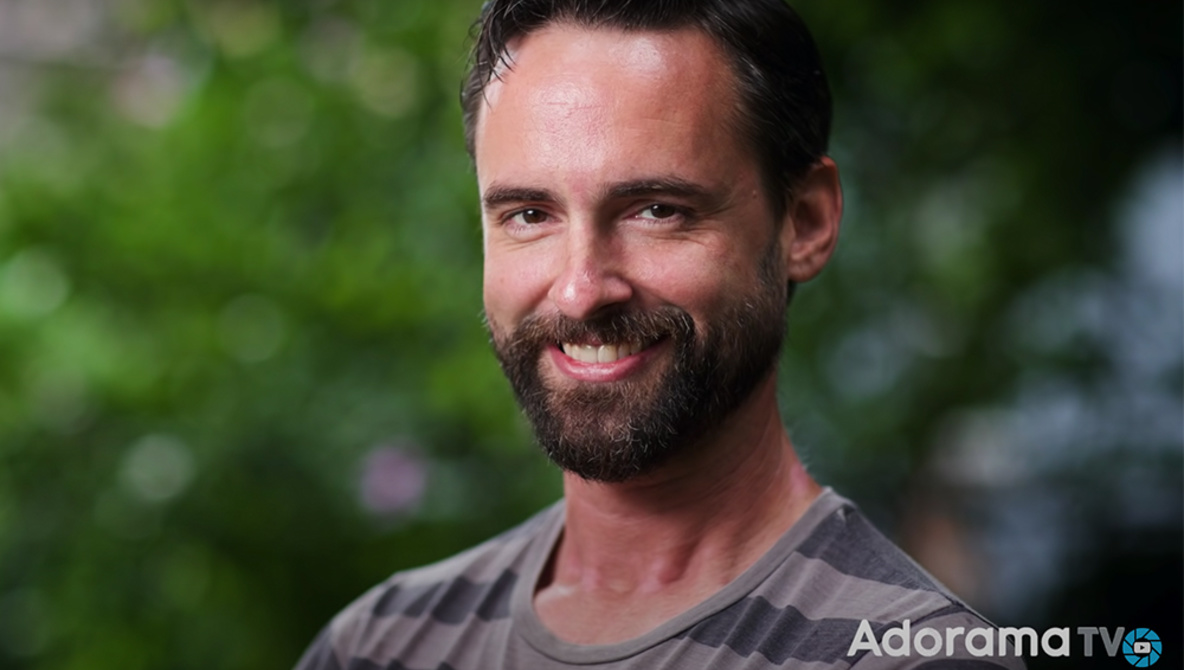
Using a very shallow depth of field is highly popular for portrait photography, but when you combine that with flash, you can run into a tricky situation when you bump into your flash sync speed. There are two ways around this: high speed sync and ND filters. Which is right for your work? This excellent video tutorial will explain the differences as well as the pros and cons of each.
Coming to you from David Bergman with Adorama TV, this great video discusses using high speed sync versus ND filters. The need for these arises from the fact that most cameras can only shoot with flash up to a specific shutter speed, normally somewhere around 1/250 s. As such, whenever you want to shoot at wide apertures, you will often run the risk of overexposing your images, particularly if you are working outside. One way around this is to simply use an ND filter to cut down the exposure and then adjust the flash power to compensate, but this introduces issues like increased difficulty focusing because of the darker viewfinder. On the other hand, high speed sync changes the flash’s firing pattern to approximate a constant light for the brief time the shutter is open, allowing you to use any shutter speed, but this introduces its own set of issues, such as reduced power range or the potential for slightly uneven exposures. Neither solution is perfect, and it is about finding the method that works best for your workflow. Check out the video above for the full rundown from Bergman.
